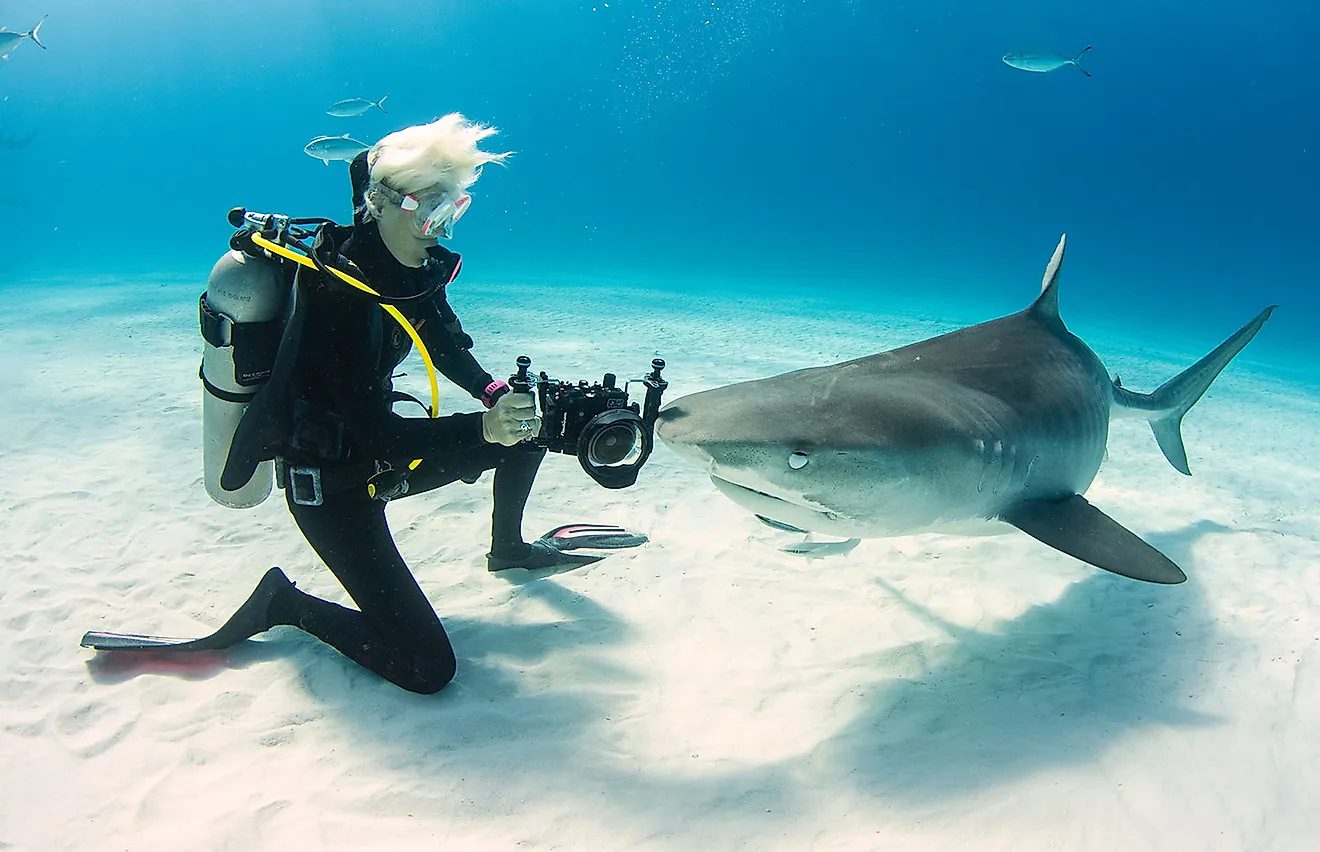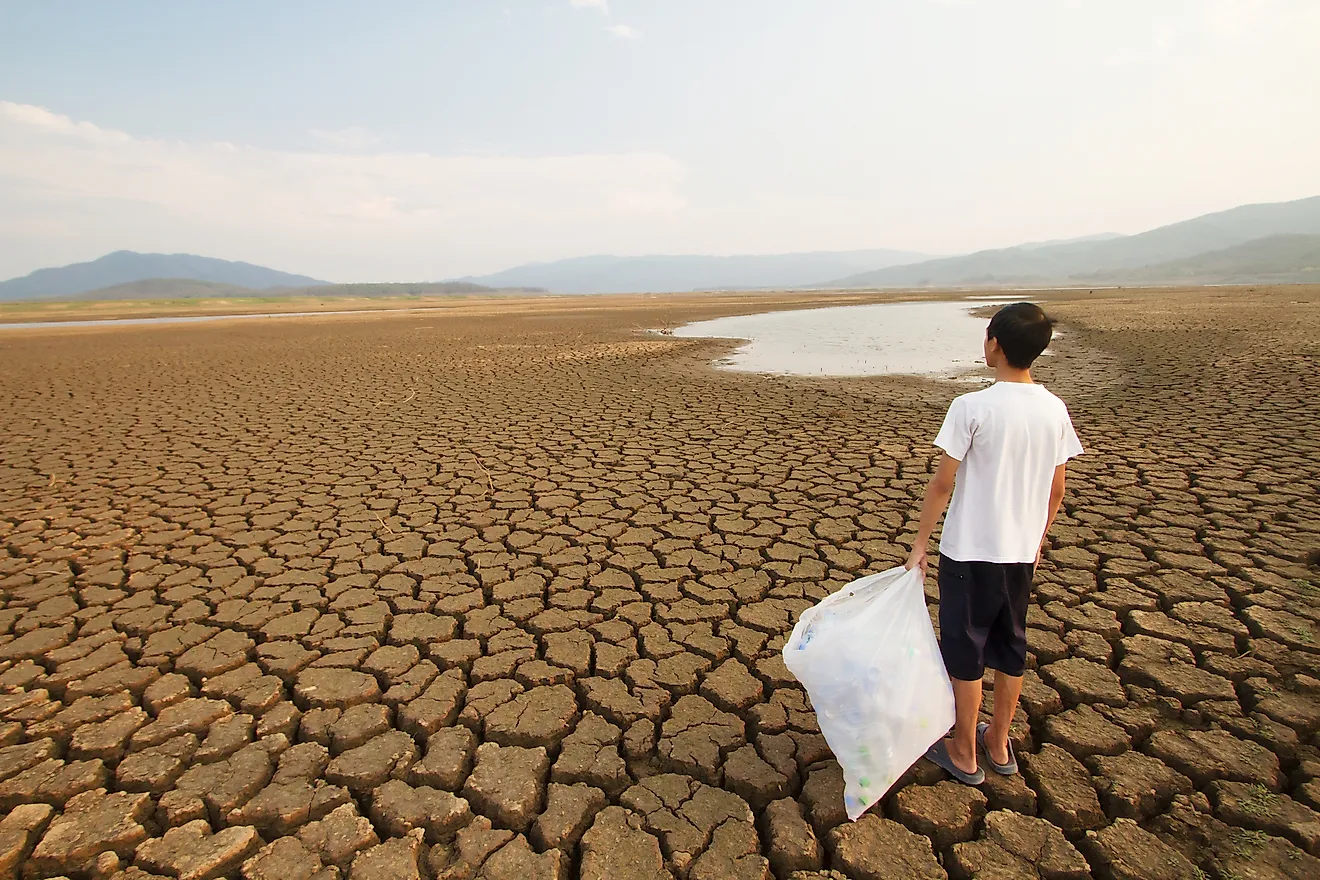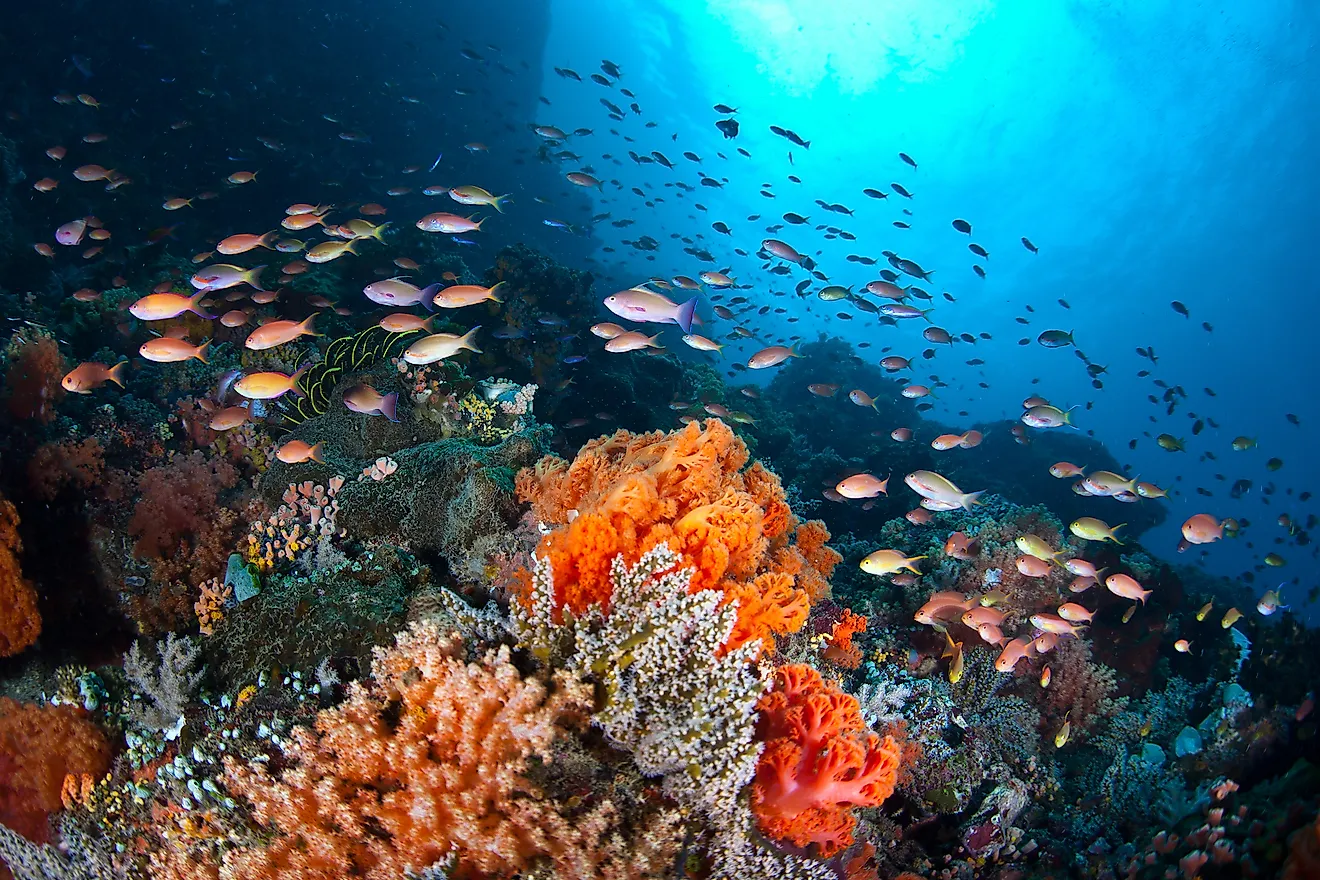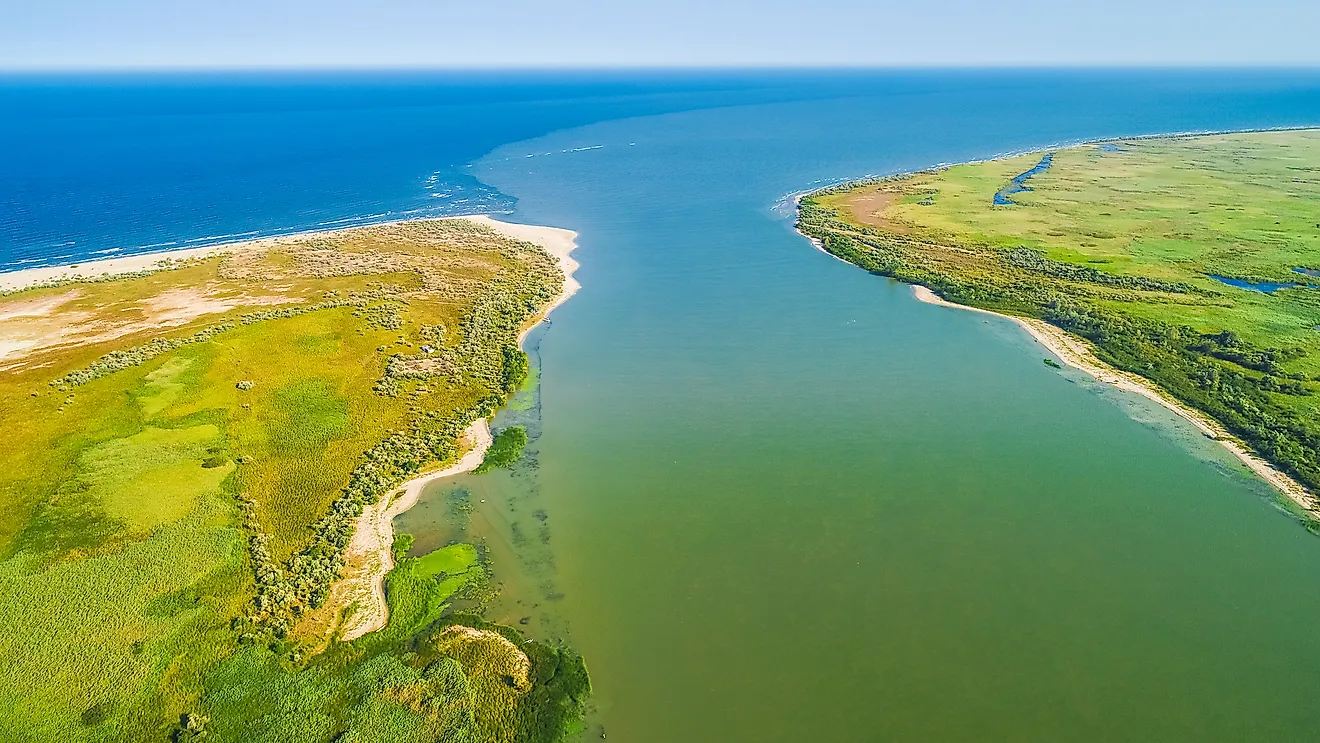The Horrors Of Cyanide Fishing
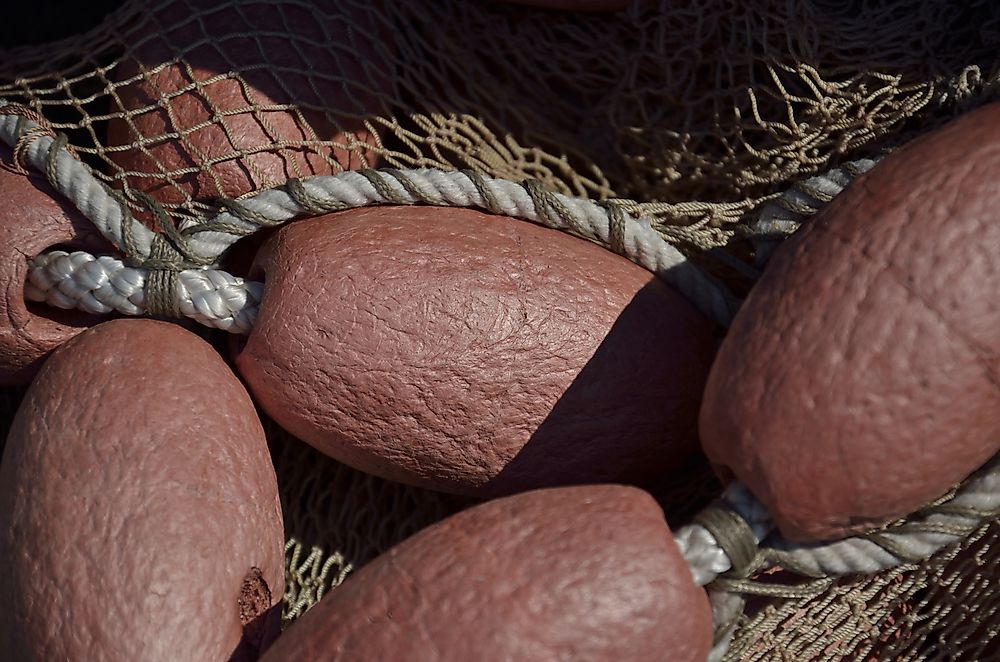
The Horrors of Cyanide Fishing
Cyanide fishing is an illegal method employed to capture live fish mainly for saltwater aquariums and, to some extent, for food. The method involves using sodium cyanide, a highly toxic chemical compound, on the fish habitats to stun them before then collecting the immobilized fish. This process does affect not only the collected fish but also coral reefs and other marine life within the vicinity. The practice is common among all the large exporters of tropical fish countries like Indonesia, Sri Lanka, and the Philippines. It is estimated that up to 90% of the 11 million fish imported to the US annually are captured illegally using cyanide. The aquarium trade is worth $200 million dollars a year and about 98% of salt water fish cannot be bred in captivity for commercial purpose and have to be collected from the ocean reefs.
History of Cyanide fishing
Cyanide fishing is thought to have originated in the Philippines in the 1950s, but in the 20th century, it was also adopted by fishermen from Thailand, Indonesia, Taiwan, Maldives, and beyond. Cyanide fishing was firstly used by aquarium fish collectors but was later adopted in order to catch fish for food. Although the use of cyanide is illegal in the countries where it is used, the practice is widespread because of weak enforcement of laws. The type of fish commonly caught using cyanide includes coral trout, wrasse, and grouper. It is also estimated that about 20% of the live fish in Philippines market and about 70% to 90% of aquarium fish export are captured using cyanide. The figures could be reflective of all South Asia fish practice. Approximately 12,000 to 14,000 tons of food fish are caught using cyanide. Presently, aquarium fish mainly come from far and wide in most countries in South Asia, East Africa, and even Hawaii. Attempts have been made to breed the popular species in captivity, but without success and out of 1,800 species of aquarium fish, only a tiny fraction has been bred successfully.
Application and Effect
When Cyanide is used the fish suffer severe gasping, followed by loss of balance before the respiratory activity stops. Fish receiving massive doses of exposure die instantly, but the majority will die in transit, while others live and die once they are in the aquariums. The cyanide poison impairs the ability of the fish to swim and breath, and for every single live fish captured the cyanide destroys a square yard of coral. Still, in lower doses cyanide causes coral bleaching and adversely affects the coral’s biology, sometimes killing the corals right away. When corals are dead, the whole ecosystem collapses, and marine life such as reef fish, plants, crustaceans, and other creatures will lack food, shelter and breeding grounds. The ripple effect is enormous on the food chain affecting thousands of other species, humans included. The reef habitats are a source of food to millions of people and support the livelihoods of many through tourism and commercial fishing
Way Forward
Stringent measures need to be adopted in order to end the use of cyanide in fishing, and since the US is the biggest market for aquarium fish, it can play a pivotal role in stopping the practice. The US has laws such as the Lacey Act, which makes it illegal to import wildlife that is captured contrary to the laws of the country of origin. Such laws can be used by the US to turn away fish caught using cyanide, which could in turn make them less economically valuable.
